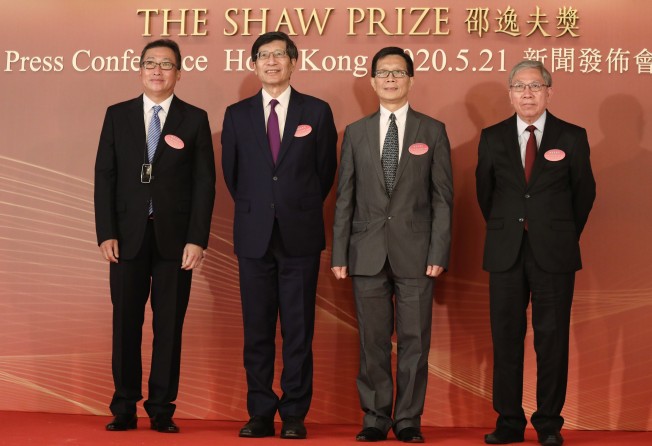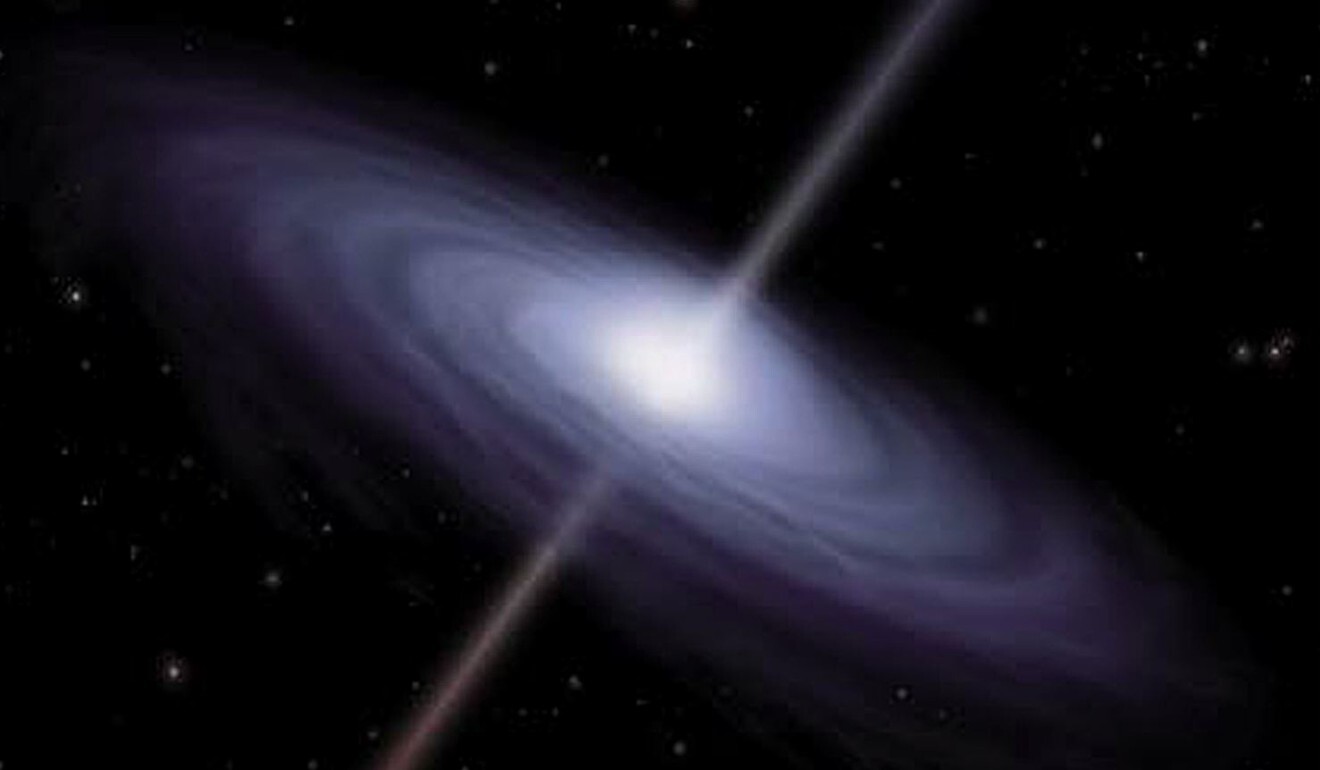
Shaw Prize given to three European scientists for work on controlling neurons
- Trio’s research focuses on optogentics – technology that can visualise and precisely control specific neural networks in the brain
- Their findings could help treat mood disorders, drug addiction and paralysis

Three European scientists are among this year’s recipients of Hong Kong’s Shaw Prize for their development of a technology that could help treat mood disorders, addicts quit drugs and paralysed people to walk again by controlling neurons.
The trio are Gero Miesenbock, director of the centre for neural circuits and behaviour at the University of Oxford, Peter Hegemann, head of the department of biophysics at Humboldt University of Berlin, and Georg Nagel, professor of molecular plant-physiology at the University of Wurzburg.
They were honoured for their findings in optogentics – a neuroscience technology that can visualise and precisely control specific neural networks in the brain.

The annual Shaw Prize, founded by the late Hong Kong philanthropist Sir Run Run Shaw in 2002, is awarded in the categories of astronomy, mathematical sciences, and life science and medicine. Each carries a monetary award of US$1.2 million (HK$9.3 million).
The presentation ceremony has been postponed to next year because of the global Covid-19 pandemic, the first delay since the prize was established.
In optogenetics, light-sensitive proteins are inserted into neurons, which enables the alteration of the electrical state of the neuron upon illumination.
The technology uses lasers to target individual cells and block the reward system, a part of the brain activated when we experience something pleasurable, so that addiction can be treated, explained Chan Wai-yee, council member of the Shaw Prize and professor of biomedical sciences at Chinese University.
Any psychiatric problems, as long as we can isolate the neurons … theoretically we can use optogenetics to treat
“If one takes drugs or alcohol, the body generates endorphins which go back to the stimulating centre,” Chan said. “If I can block that sense of excitement by blocking that neuron, then you do not have the addiction any more.
“Any psychiatric problems, as long as we can isolate the neurons … theoretically we can use optogenetics to treat.”
Paralysed patients, including those suffering from Parkinson's disease, a brain disorder that leads to difficulty with walking, balance and coordination, could also benefit from the technology that can stimulate and reactivate motoneurons.
Chan estimated that technology could be applied to people within five to 10 years as the production of nerve cells in the laboratory has been made possible, giving the technology greater applicability.
“The reason why it was not applied to humans is because previously we did not have a way of producing neurons that we can manipulate,” Chan said, adding that isolating neurons from humans was unethical.

The astronomy prize went to Roger Blandford, a professor at Stanford University for his contributions to the fundamental understanding of active galactic nuclei, a small region at the centre of galaxies, which helps explain how the universe came to be.
“At the centre [of a galaxy], the galactic nuclei, now we understand is a supermassive black hole,” said Kenneth Young, emeritus professor of physics at Chinese University. “This supermassive black hole, for younger galaxies, would be active in the sense that the black hole is still attracting the stuff around it, and stuff around it [is being] forced into it. That’s called a quasar,” said Young, also the chairman of the council of the Shaw Prize Foundation. “In that process, a lot of energy is released in terms of lights. And in that phase, it’s called an active galactic nucleus.
“In the beginning, it was probably just one big soap of stuff, and then coalesced into protogalaxies and the galaxies formed. This is an important ingredient in the story of how galaxies formed. Later in the life of a galaxy, some planets would form out of stars. Some of the planets might be habitable and, therefore, now here we are.”
But Young said the galactic nuclei in our galaxy was no longer active because it was relatively old.
The mathematical sciences prize was given to two Russian-born scholars, Alexander Beilinson, a professor at the University of Chicago, and David Kazhdan, a professor of mathematics at the Hebrew University of Jerusalem, for their contributions to representation theory, the study of the basic symmetries of mathematics and physics.
“Thanks to their work and its exceptionally broad reach, large areas of mathematics are significantly more advanced than they would otherwise have been,” the selection committee said.
Help us understand what you are interested in so that we can improve SCMP and provide a better experience for you. We would like to invite you to take this five-minute survey on how you engage with SCMP and the news.